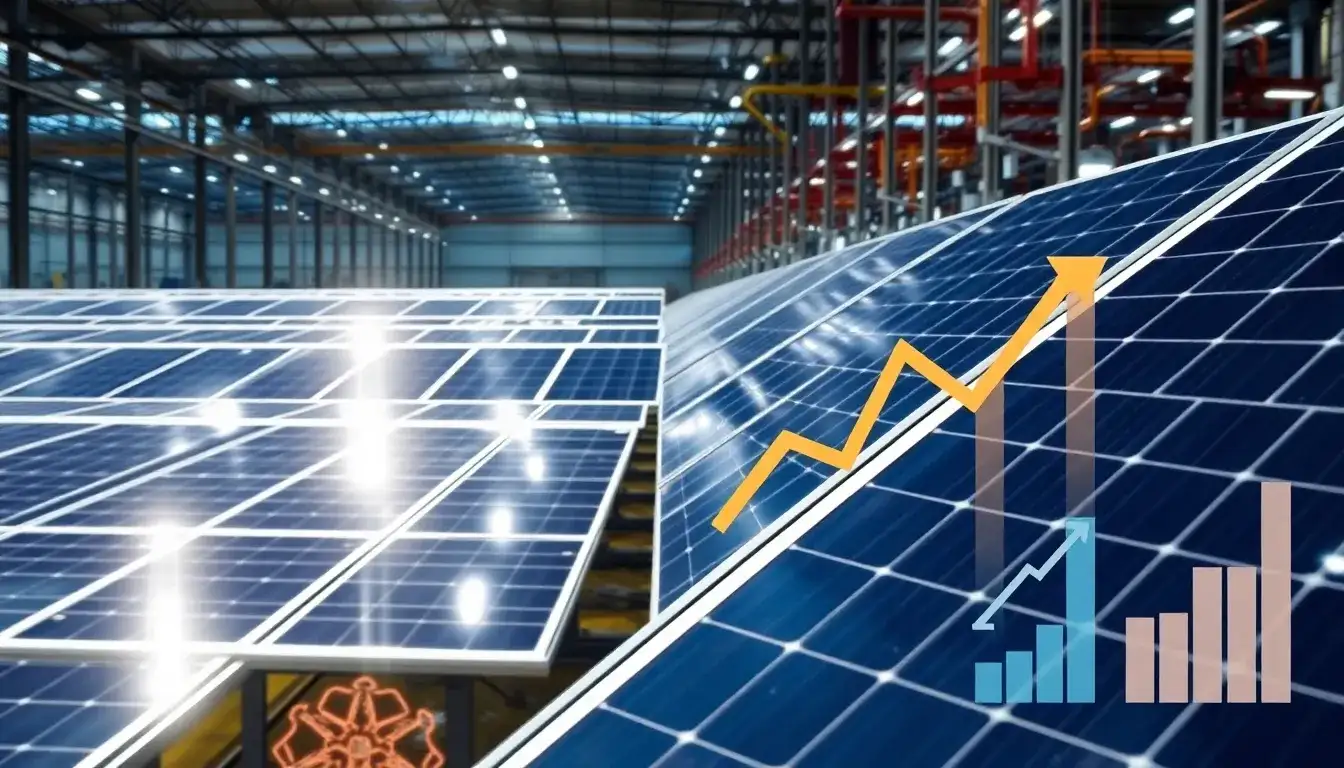
The Surge in Photovoltaic Installations Drives Up Prices of Modules and Cells
On March 17, the latest quotes from Shanghai Metals Market (SMM) indicated a price increase for distributed TOPCon modules, with the 182, 210, and 210R models rising by 0.009 yuan per watt, 0.004 yuan per watt, and 0.004 yuan per watt, respectively. The average prices reached 0.757 yuan per watt, 0.767 yuan per watt, and 0.767 yuan per watt, marking a recent high. Over the span of just more than two weeks, the price of modules has surged by over 0.06 yuan per watt.
In February, the price of photovoltaic modules in China experienced its first increase in 30 months (since August 2022), rising by 0.4%. Surprisingly, after a collective performance forecast of losses for 2024 in the sluggish industry, price hikes have become the hottest topic in the photovoltaic market, with daily price fluctuations.
Industry veterans have reported to Beike Finance that “it’s nearly impossible to buy modules and cells even with money; everyone is scrambling for ‘430’ and ‘531’.” It is clear that the photovoltaic sector is currently witnessing a surge in installations.
The term “430” refers to a policy stipulating that commercial distributed photovoltaic projects connected to the grid before April 30 can benefit from full feed-in tariffs, thus enjoying higher subsidy rates. Conversely, projects connected after April 30 will only be able to operate under self-consumption or partial grid connection modes, losing the opportunity for full sales at subsidized rates. This policy has prompted project developers to expedite their installation timelines to secure higher subsidy earnings, resulting in a rapid increase in end-user demand for installations.
The term “531” signifies that from May 31, all newly commissioned distributed photovoltaic projects will, in principle, have their electricity enter the power market for trading, determining prices through competitive bidding and establishing a “sustainable pricing settlement mechanism for renewable energy.” This means that project developers must connect to the grid before May 31 to avoid entering a market-based bidding model, which further intensifies the rush for installations.
On the demand side, the emergence of this installation rush has led to a significant increase in the scale of photovoltaic installations, with a marked rise in the demand for modules and cells, leading to quick inventory depletion. Notably, N-type cells are in high demand due to their technical advantages, resulting in a persistent supply shortage and rapid price increases.
On the supply side, the upstream material for cells, silicon wafers, is experiencing a supply gap, with inventory levels remaining low and prices rising. The increase in silicon wafer prices has further contributed to the rising costs of cells and modules, prompting companies to adjust their pricing.
Despite the overall production capacity in the photovoltaic supply chain not yet being fully cleared, the impending deadlines of the “430” and “531” policies have stimulated a rush for installations, leading to a rapid growth in the scale of end-user installations. The average price of modules has already approached 0.8 yuan per watt, confirming this trend. Additionally, the supply gap and rising prices of silicon wafers have been transmitted further down the supply chain, affecting both cells and modules.







